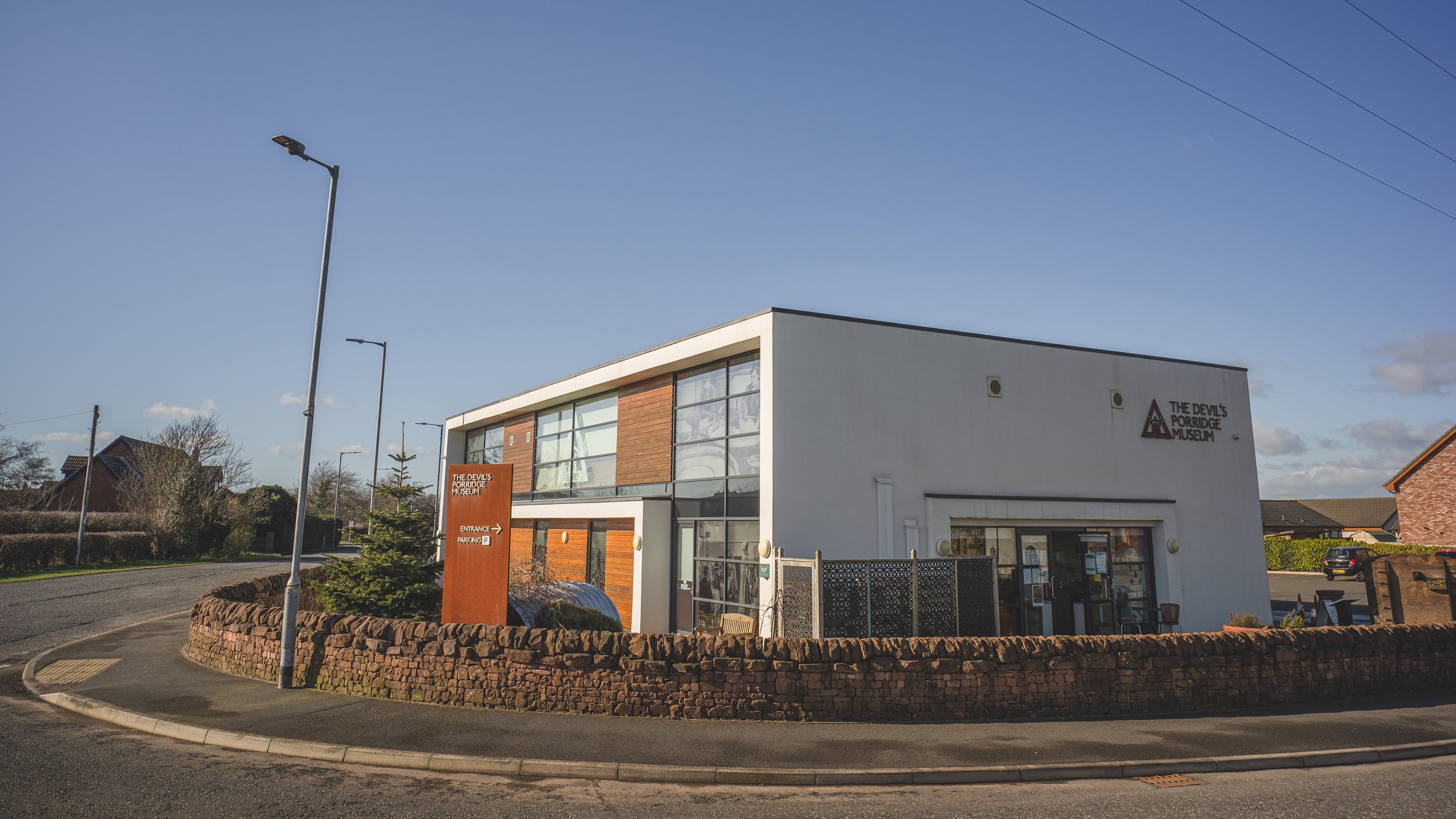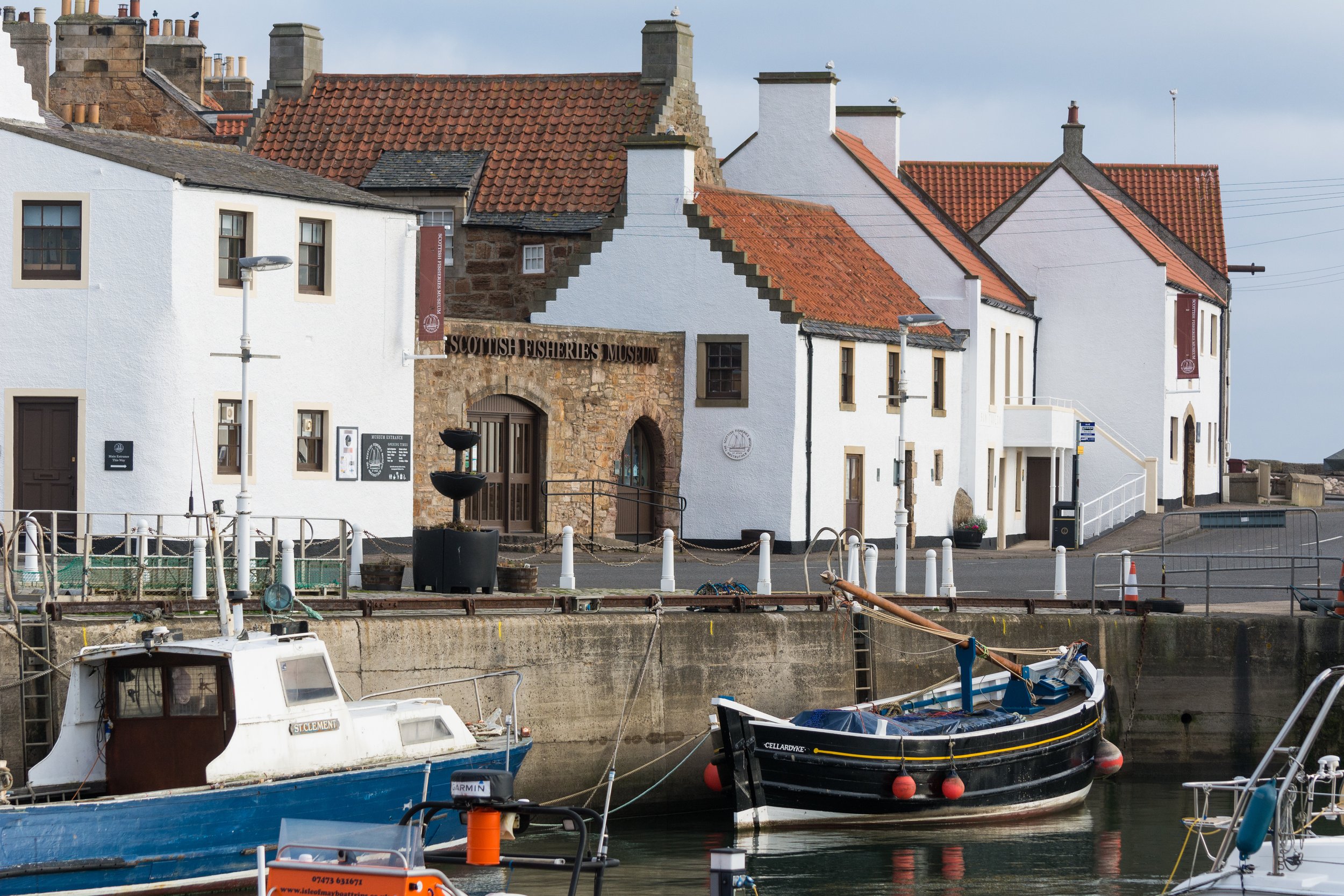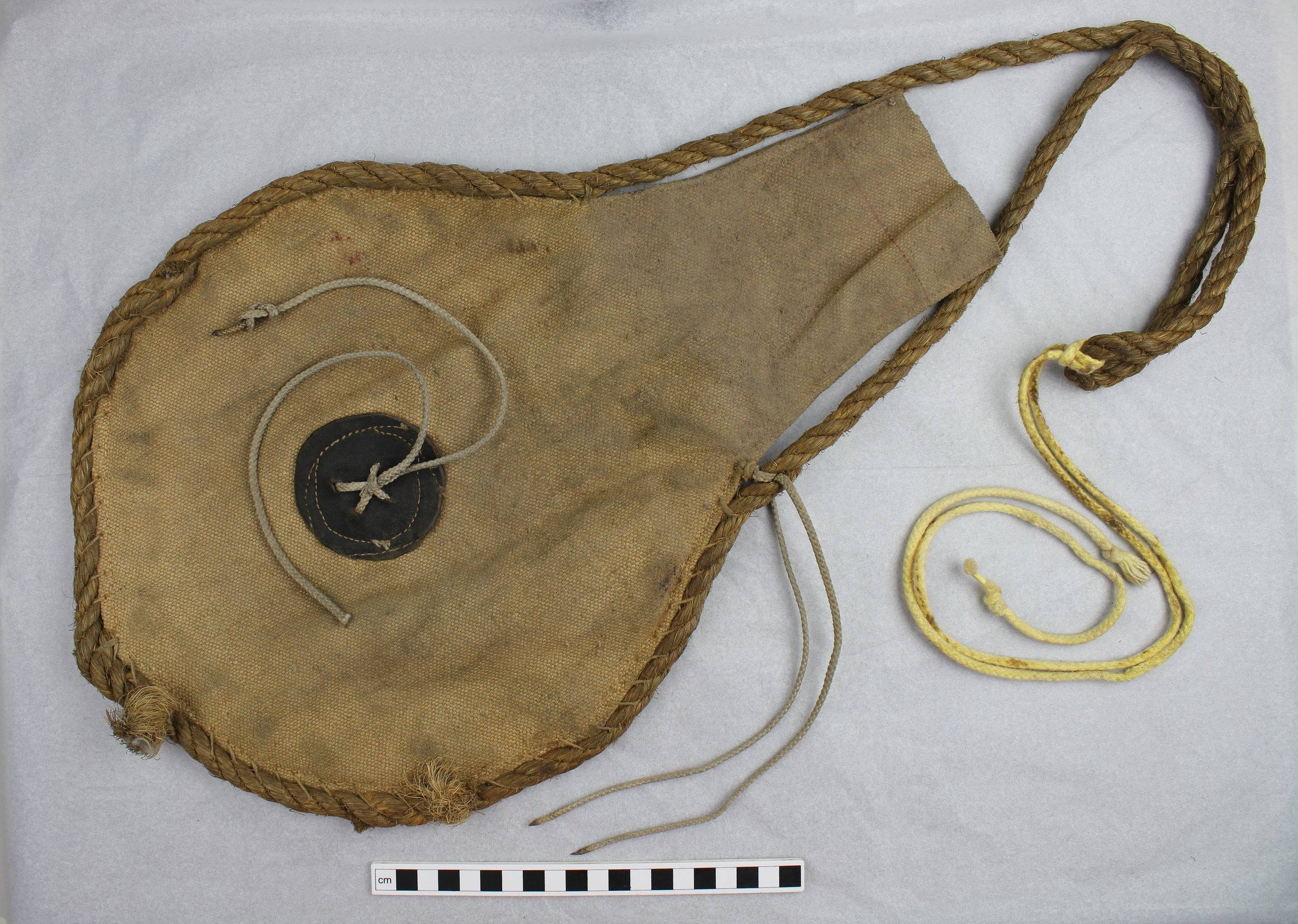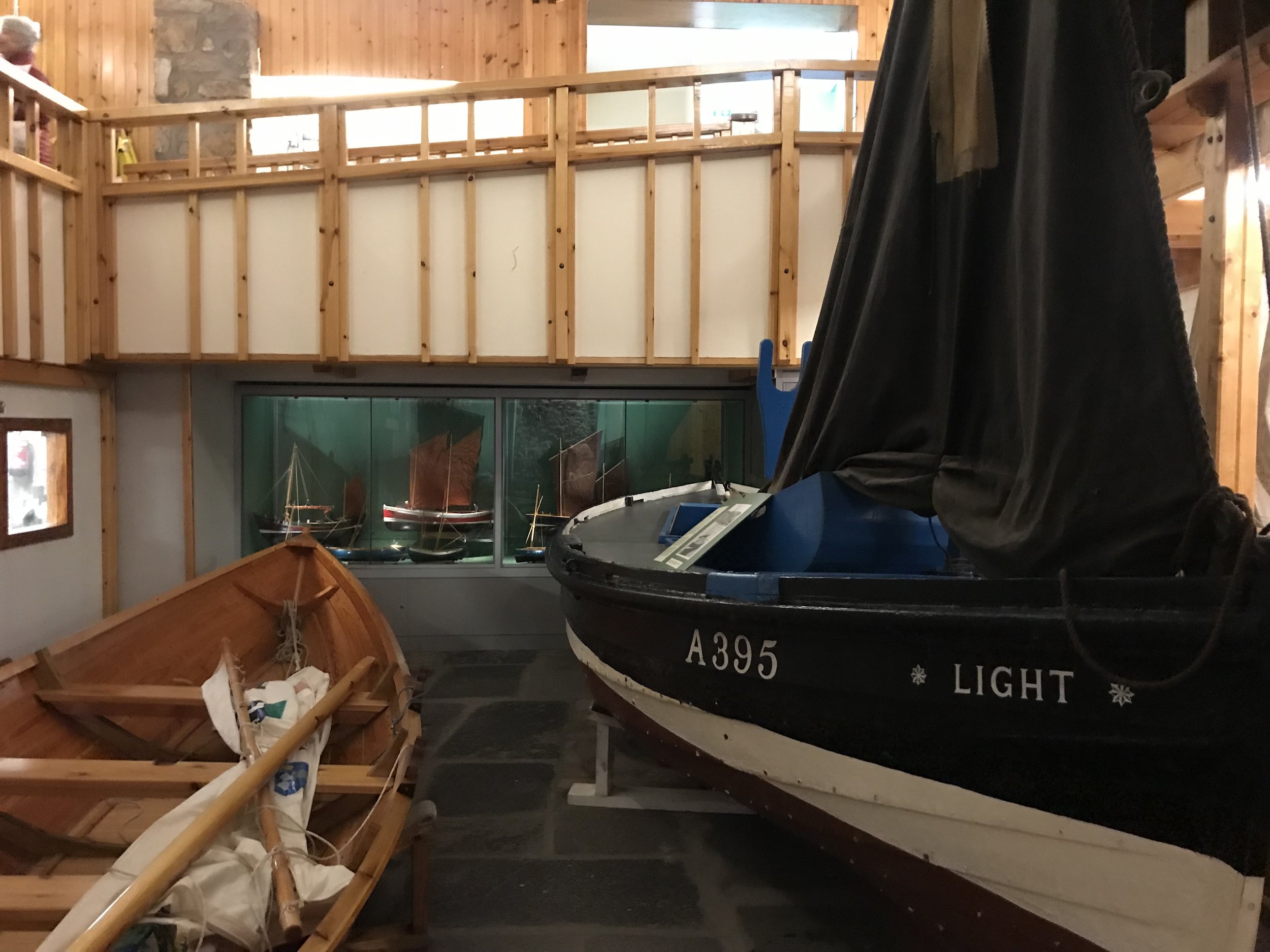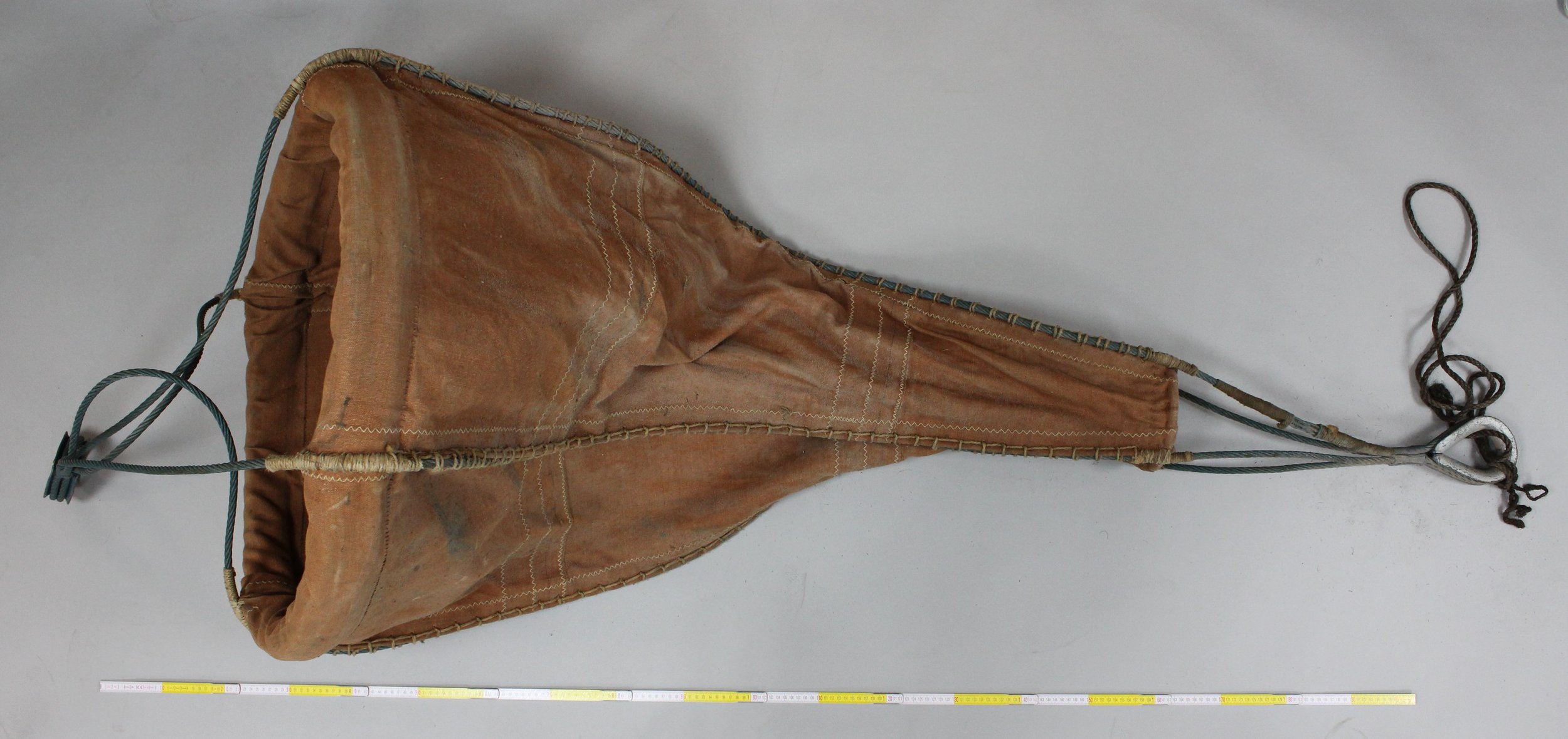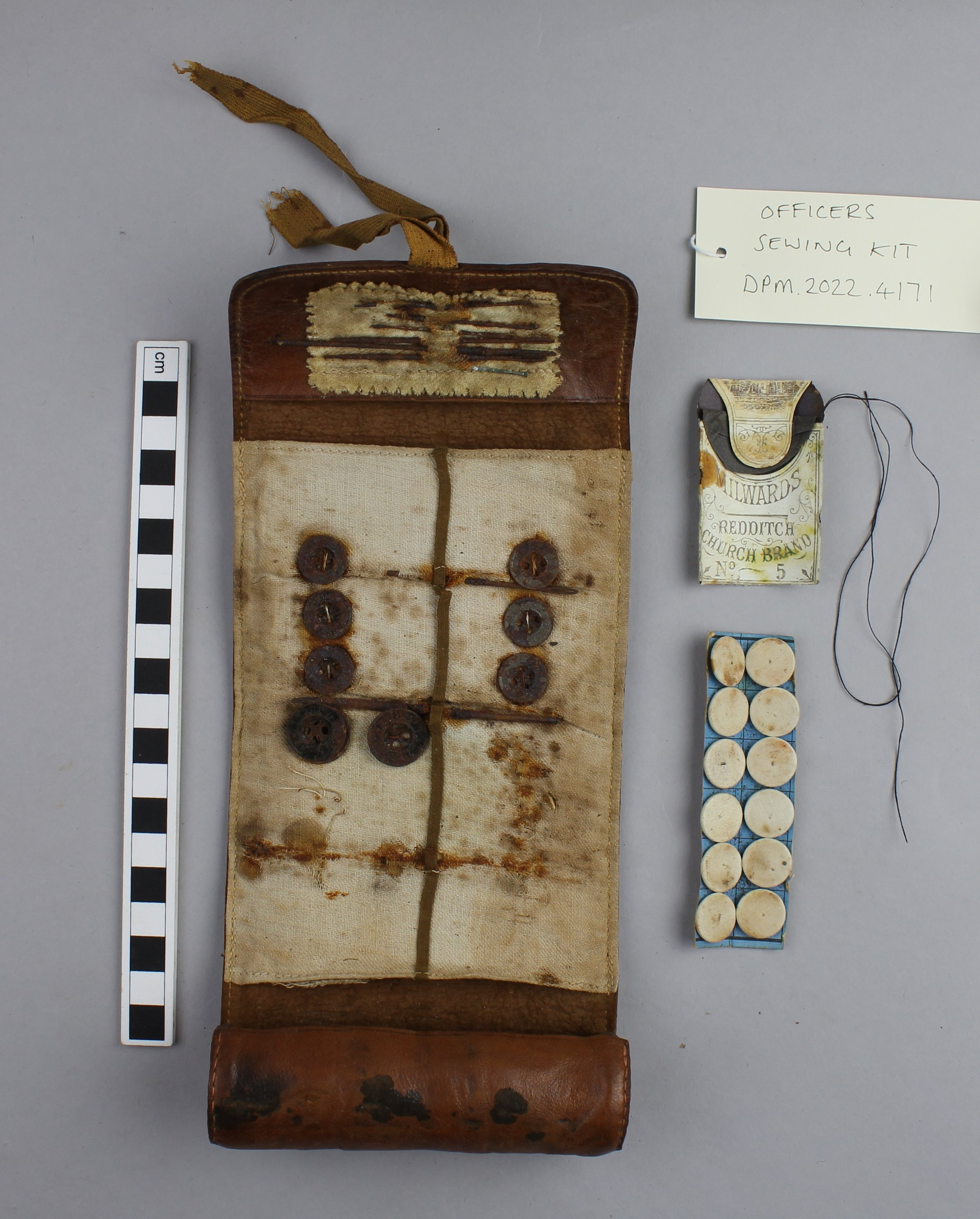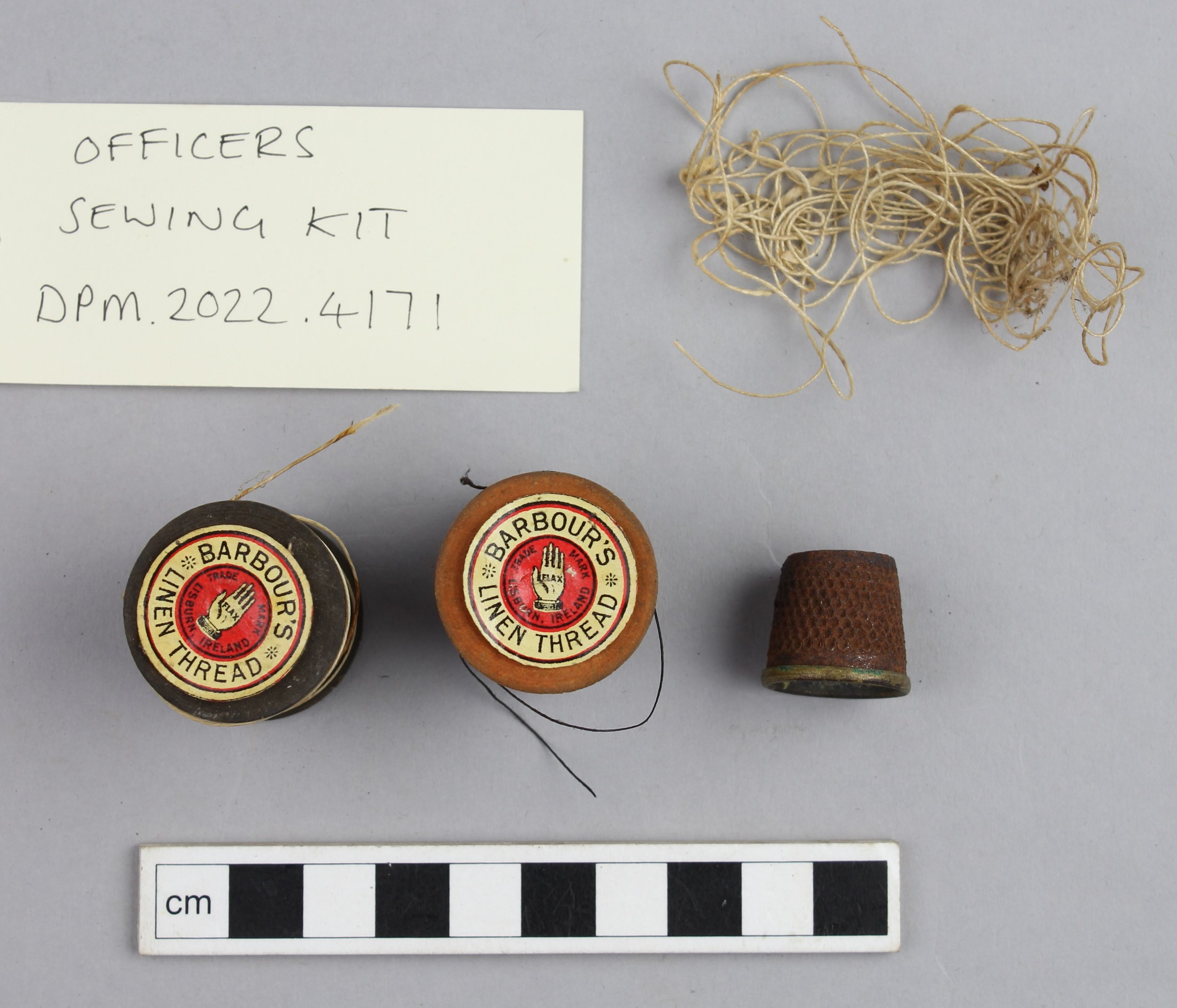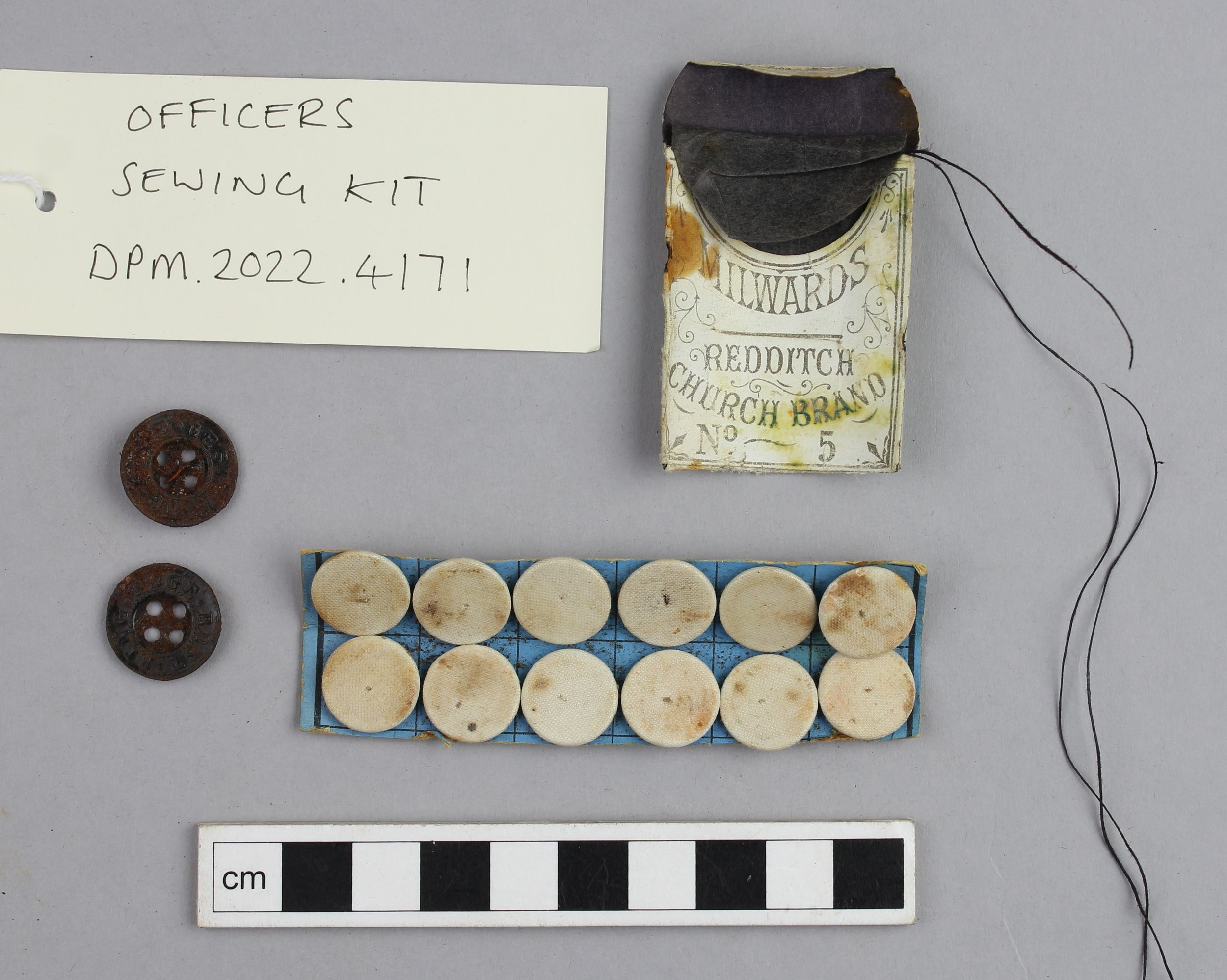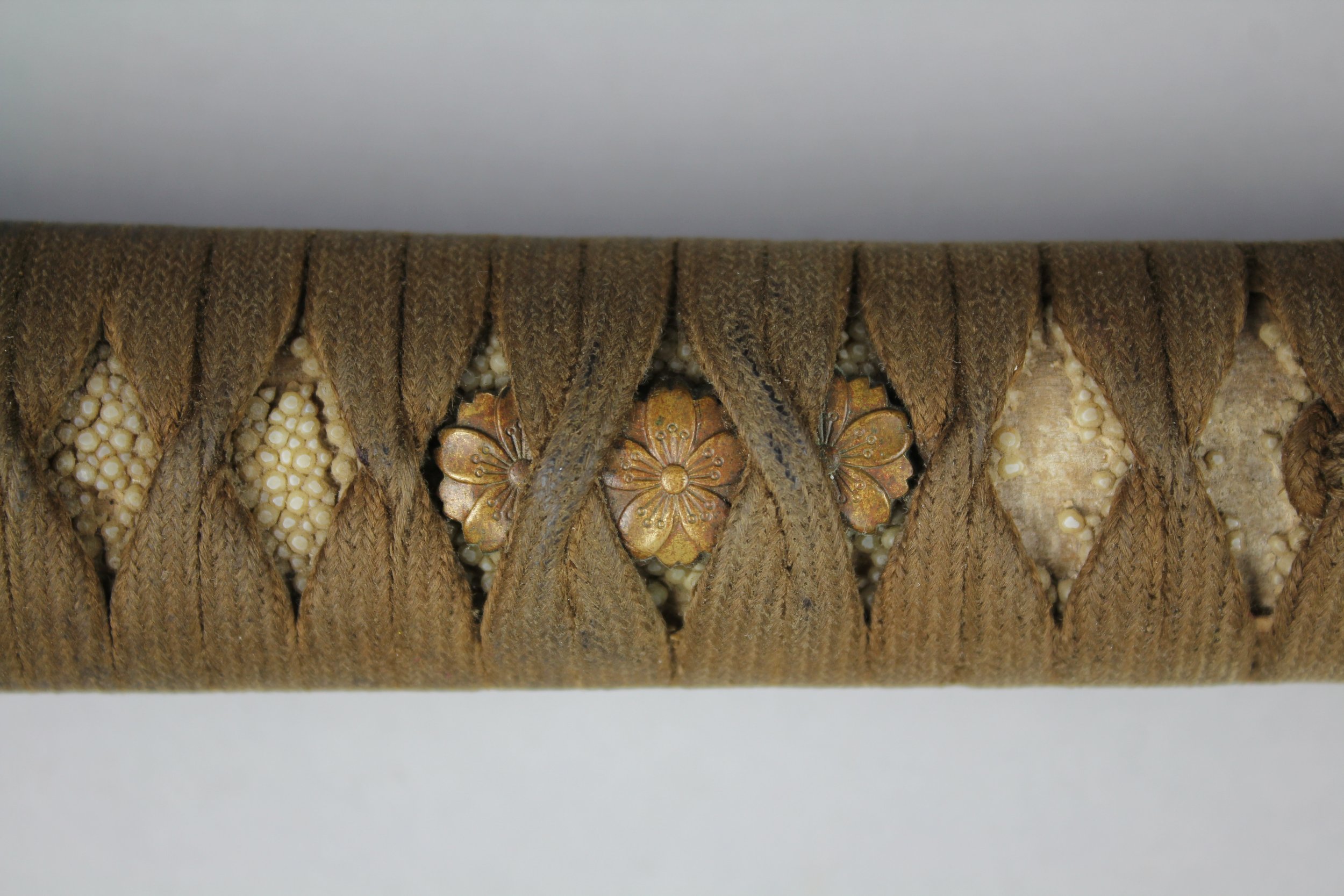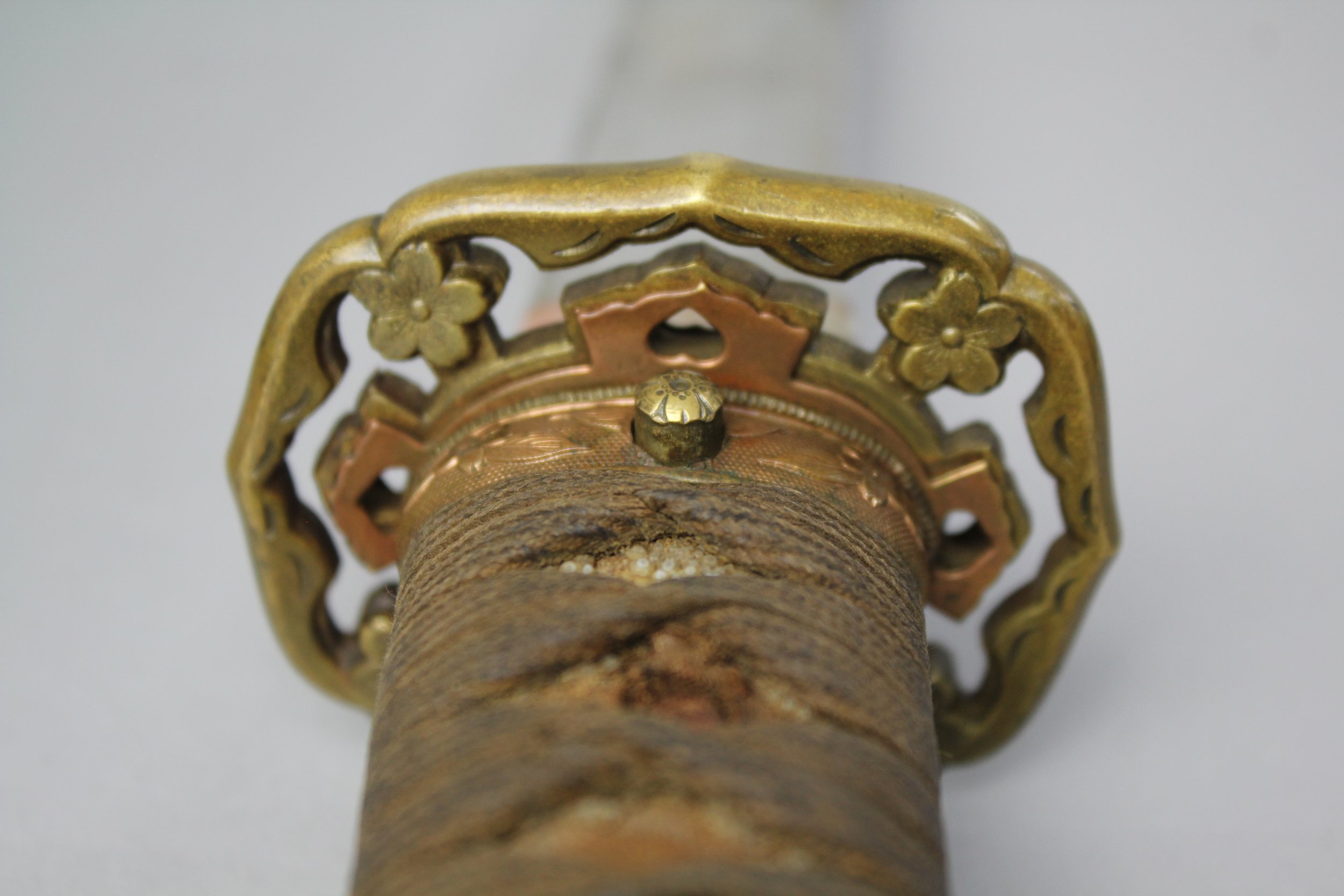Swords, boats, and mysterious objects!
A few weeks ago I headed out to visit some of the further flung Go Industrial sites to tour the collections, discuss planned conservation projects, and uplift some more objects for conservation.
Above: Devil’s Porridge Museum, Eastriggs (left) & Scottish Fisheries Museum, Anstruther (right) - images kindly provided by Museums
My first visit was to the Scottish Fisheries Museum in Anstruther, where I met with Assistant Curator Emma Longmuir. The collections at the Scottish Fisheries tell the story of the Scottish Commercial fishing industry through innovative displays that include historic boats and fishing equipment, as well as a number social history displays that illustrate the lives of those living and working in Scotland’s fishing communities.
While there, Emma treated me to a quick tour of the museum, which is housed in a collection of historic buildings on the harbor front in Anstruther, before we discussed the conservation works planned for the collections. One of the main projects we discussed was a workshop to be held later in the year on basic surface cleaning for staff and volunteers, with a focus on the painted wooden boats on display, so that they are better equipped to care for these historically important objects.
Above: canvas item, believed to be an oil flask, before conservation (left) & the ‘Light’ boat (right) which will form part of a surface cleaning workshop to be held for staff and volunteers at the Scottish Fisheries Museum later in the year
During my visit I also uplifted a number of objects to be brought back to the lab at AOC Archaeology for conservation treatment, including a small canvas pouch (above), and a further large canvas item (below). The utility of both of these objects was unknown when they first arrived back at AOC, and they caused quite a stir as we all attempted to guess at what they could have been used for!
In an effort to identify these mysterious objects, Assistant Curator Emma posted on the museums Facebook page, to see if any fishing enthusiasts could shed some light on the matter. The consensus of the Fisheries Facebook followers was that the small pouch is an oil bag, and would have been used to create an oil slick around vessels during a storm to prevent water from splashing up on the deck.
Follow this link to the Scottish Fisheries Facebook page to see the interesting discussion that led to the identification of this intriguing object!
The Scottish Fisheries Museum | Facebook
The larger canvas item has now been identified as a drogue, and would have been used to slow boats down in stormy weather by being trailed through the water behind the vessel!
Above: Drogue, before conservation
Above: drogue, during conservation treatment - conservator Brandon Hamer is removing surface soiling using a soft bristle brush and Museum Vac with HEPA filter
Following my visit to the Scottish Fisheries Museum I drove out to visit the Devil’s Porridge Museum. Nestled in the small village of Eastriggs in Dumfries & Galloway, this museum tells the story of HM Factory Gretna, the largest munition factory in the world during the First World War. The factory produced cordite (also known as the Devil’s Porridge), a type of smokeless propellant invented and produced in Britain since 1889, and was powered by 30,000 workers, 12,000 of which were women. Curator Rebecca Short gave me a tour of the museum, and we discussed several conservation projects, including a further workshop for staff and volunteers on the maintenance of large painted objects situated outdoors.
During my visit I also uplifted two very interesting objects. The first was a sewing kit dating to the First World War that belonged to Second Lieutenant Kenneth Lees Duckett, whose initials can still be seen embossed in gold on the exterior leather surface of the kit. The kit contains a variety of needles, buttons, and thimbles, many of which are heavily corroded, and two spools of linen thread made by Barbour.
Conservator Brandon Hamer (pictured above), is also undertaking the treatment of this object, and is currently working on reducing the heavy corrosion on the nails and buttons using hand tools and glass bristle brushes.
Above: Officers Sewing Kit, before conservation
The second object uplifted was a Japanese Officers sword (below), which was surrendered to Lockhart Frain-Bell in Burma at the end of the Second World War, and donated to the Devil’s Porridge Museum in 2022. The sword, known as a Katana, is extremely intricate, and while mostly in good condition, is still in need of conservation work to reduce corrosion and address a tear in the leather scabbard (Saya).
A further blog post is planned on this conservation treatment - check back soon to see how it progresses!
Above: Japanese Officers Katana, before conservation
Below left: detailed shot of the decorative hand grip (Menuki) on the hilt (Tsuka) Below right: detailed shot of the hand guard (Tsuba)
If you would like to find out more about the Scottish Fisheries Museum, or the Devil’s Porridge Museum, follow the links below!

